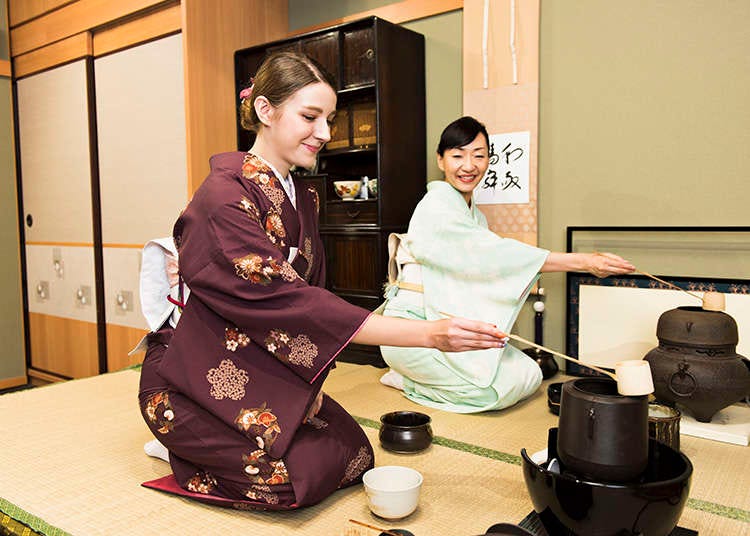
The Way of Tea - this is what sado literally means. Also often referred to as cha no yu, the Tea Ceremony is a crucial and famous part of Japanese traditions. Every move is coordinated, every move has a meaning - understanding The Way of Tea is not an easy endeavor.
The History of Sado
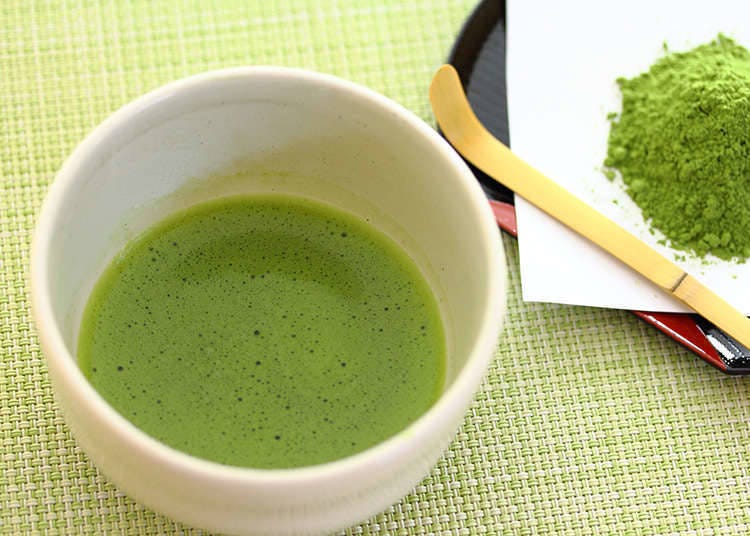
The tradition of the Tea Ceremony dates back to the 9th century. The Nihon Koki, one of the most important texts of Japanese history, tells the tale of the Buddhist monk Eichu who, after returning from China, personally served sencha (unground green tea) to the emperor in the style of what then, over the span of roughly 700 years, became known as sado. Originating from China, the Japanese Tea Ceremony underwent evolution during the years, developing its own style, specifics, and rites.
The strongest influence to what can be called the spirit of sado was undoubtedly Zen Buddhism during the 16th century. Its teachings and principles were integrated in the way of serving tea, consolidating the practice as it is known today. While originating from sencha, the ceremony began to be centered on matcha (green tea powder) over time.
The Philosophy of Tea
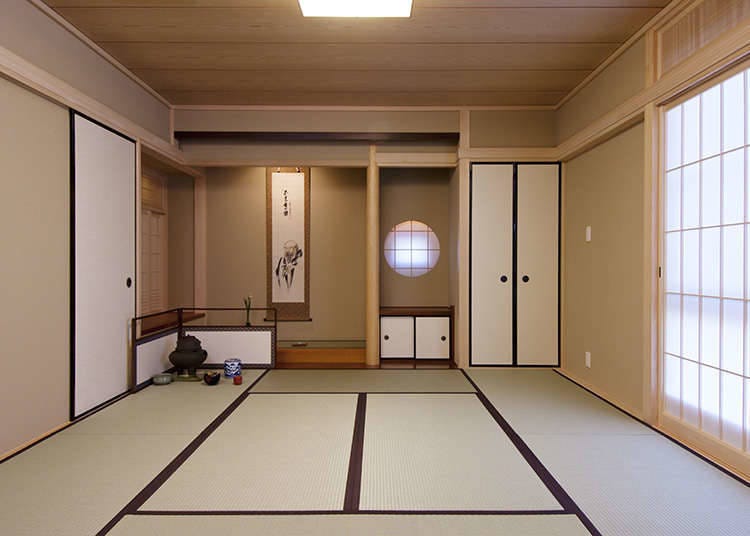
Looking at the Tea Ceremony, wabi-sabi, the Japanese philosophy of beauty in evanescence, is ever-present in this tradition. It is not solely about serving tea, after all. Sado revolves around the mindset while serving the tea - it is a mental discipline to pursue the philosophy of wabi-sabi. The utensils, like jugs, cups, and bowls, are intentionally kept simple and without decoration. More than often, they even have an uneven shape or a little dent and this is fully intended. Beauty is found in imperfection after all. Accepting this fact, the ceremonist honors imperfection by pouring their whole heart into serving the tea while having a calm, content state of mind.
Sado Utensils
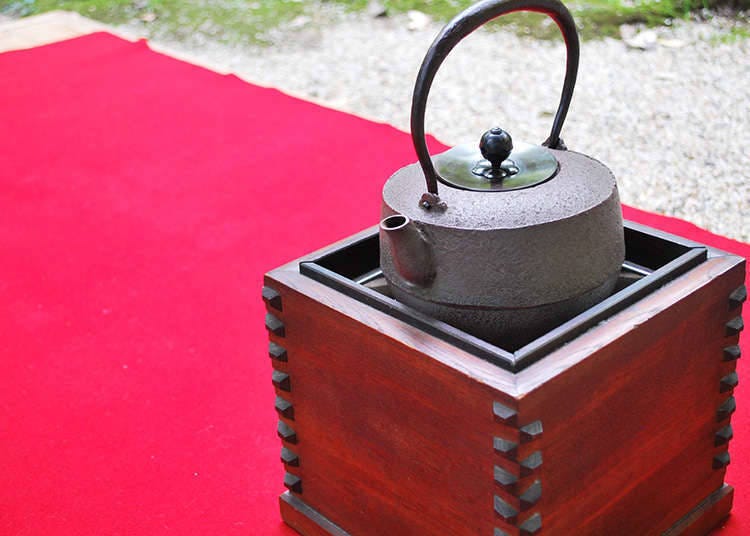
What is needed for the Tea Ceremony?
・Fukusa – a two-ply silk cloth used for cleaning the tea utensils.
・Kaishi – a small piece of washi, or Japanese paper, on which the sweets are served on. It can be placed next to the guest when not being able to eat all of the sweets. When drinking weak matcha, the bowl is wiped clean with one’s finger, which is then cleaned with the kaishi. After drinking strong tea, the kaishi is used to wipe the bowl directly.
・Chakin - a small, rectangular cloth that is used to wipe the tea bowl.
・Tea Caddy (natsume) - a small, lidded container in which weak powdered tea is kept.
・Porcelain Caddy (chaire) – a porcelain container that is used to store strong powdered tea.
・Tea Scoop (chashaku) - used to scoop tea from the caddy into the bowl that is usually made out of bamboo.
・Tea Whisk (chasen) - used to uniformly distribute the powdered tea in the hot water.
・Tea Cloth (chakin) – a wet linen cloth used to wipe the tea bowl.
・Tea Bowl (chawan) - depending on the season in which the ceremony is held, the size and style of the tea bowls used in the ceremony varies.
・Ladle (hishaku) - used to pour the water. During summer, it is smaller, and in winter, it is larger. Just like the tea bowl, its shape and size varies with the passing seasons.
・Tea Kettle (chagama) - used to boil the water.
The Sequence
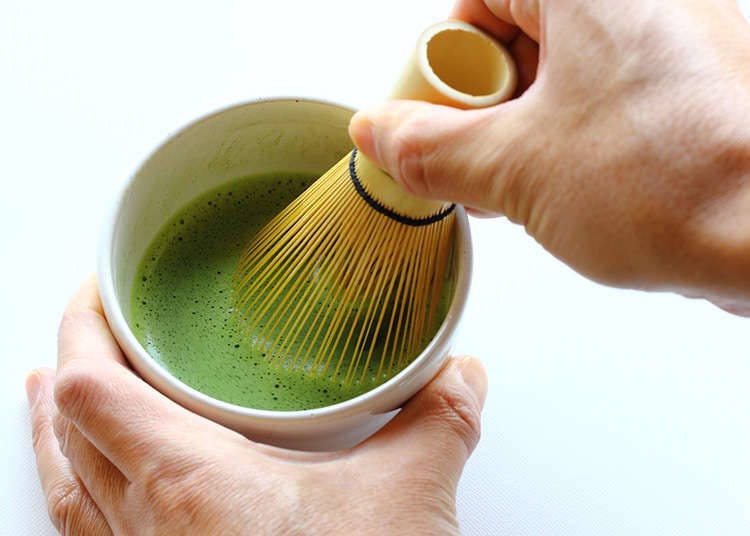
Every sado school has its very own sequence of serving the tea. Doing all the different actions in a full Tea Ceremony is called temae. The following describes a short, general procedure that does not feature any specific actions based on school, season, or time of day:
1. Put the green tea from the caddy in the bowl, using the scoop.
2. Pour hot water into the bowl, using the ladle.
3. Stir with the whisk.
4. If you are the guest - bow and take the bowl with the right hand and place it on the palm of your left hand.
5. Rotate the bowl three times clockwise with your right hand.
6. Wipe the bowl where your lips touched it with the right hand, rotate it counterclockwise, return it to the host.
Making the Ceremony Complete
Apart from a perfect performance while serving the tea itself, there are certain other things that play a big role when performing sado:
・The Tea Room: the ceremony cannot be performed anywhere. A Tatami room is necessary - the placement of the mats determines the position of host and guests, for example.
・Clothing: to honor the ceremony, formal wear is a must. While the host will mostly always wear a kimono, depending on what kind of ceremony is held, guests are also allowed to wear Western formal wear, like a suit, if not a kimono.
・Hanging Scroll: a hanging scroll can be found in the alcove called tokonoma. They usually display a painting or calligraphy, always a reference to the ceremony itself.
・Flower Vase: hanaire is a generally small vase containing a flower arrangement, displayed in the tokonoma. Seasonal flowers are used alongside bamboo, rattan, or ceramics.
・Meal: fresh, seasonal ingredients are used to serve a small meal that is used to stress the season the ceremony is held in.
Studying Sado
The Tea Ceremony is not something that can be learned easily. While understanding and following the sequence is a matter of remembering what to do, the required mindset for sado is an entirely different matter. Performing sado correctly requires an understanding and acceptance of the philosophy of wabi-sabi. Students learn from older students who are exclusively taught by an official teacher.
If one desires to learn the Way of Tea, a "circle" must be joined. These sado circles exist as private schools or societies. In Japan, usually every Middle or High School has a Tea Ceremony Club that dedicates itself to sado.
- Category
*Prices and options mentioned are subject to change.
*Unless stated otherwise, all prices include tax.
Limited time offer: 10% discount coupons available now!
Recommended places for you
-
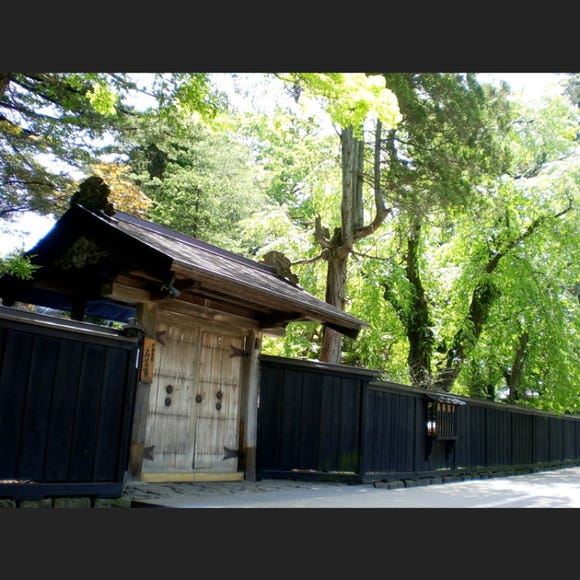
Ishiguro Samurai House
Historical Places
Surrounding Areas Of Akita
-
Appealing
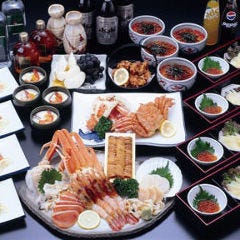
Rukku and Uohei
Izakaya
Sapporo / Chitose
-
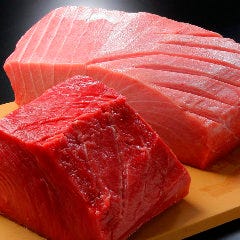
Kamesushi Sohonten
Sushi
Umeda, Osaka Station, Kitashinchi
-

Jukuseiniku-to Namamottsuarera Nikubaru Italian Nikutaria Sannomiya
Izakaya
Kobe, Sannomiya, Kitano
-
Menu
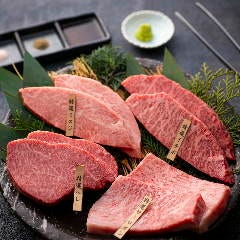
ISHIDAYA Hanare
Yakiniku
Kobe, Sannomiya, Kitano
-
Goods

Yoshida Gennojo-Roho Kyoto Buddhist Altars
Gift Shops
Nijo Castle, Kyoto Imperial Palace
-

Step Into the Story: Inside Immersive Fort Tokyo
-

15 Must-Try Sushi Restaurants in Tokyo (+5 Trending Areas to Explore for Foodies)
-

Discover Osaka Station City: A Journey Through Its Most Fascinating Spots
-

Best Things to Do in Tokyo in April 2024: Events, Festivals & More
-

Where to Eat in Yokohama: 10 Must-Try Restaurants for Yakiniku, Izakayas, Unique Dining & More
-

12 Unique & Fun Tokyo Food Tours to Enjoy in 2024
-

Koiwai Farm Guide: Eat, Learn and Play at Iwate Prefecture's Premier Agritourism Destination!
-

Sumikawa Snow Park: Skiing in Northern Japan's Breathtaking Backcountry
-

'Way Too Sweet!' What 5 Japanese Living Abroad Really Think About Green Tea Culture
-

Japanese Tea Ceremony Without Rules?! Enjoy Tea Your Way at 'CHASHITSU time'!
-

12 Fun Things to Do Near Otaru Canal: Art, History & More
-
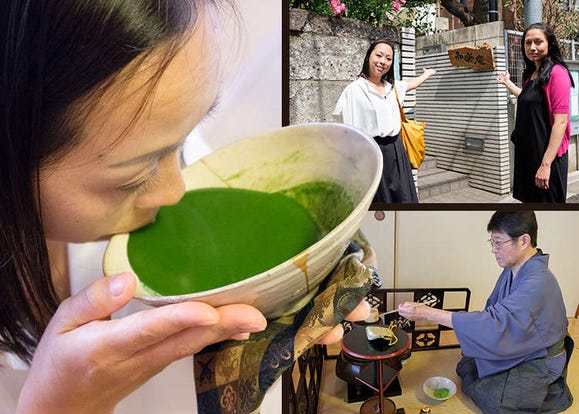
Where to Experience a Japanese Tea Ceremony in Tokyo: Joining Waraku-An in Shibuya!
- #best sushi japan
- #what to do in odaiba
- #what to bring to japan
- #new years in tokyo
- #best ramen japan
- #what to buy in ameyoko
- #japanese nail trends
- #things to do japan
- #onsen tattoo friendly tokyo
- #daiso
- #best coffee japan
- #best japanese soft drinks
- #best yakiniku japan
- #japanese fashion culture
- #japanese convenience store snacks












